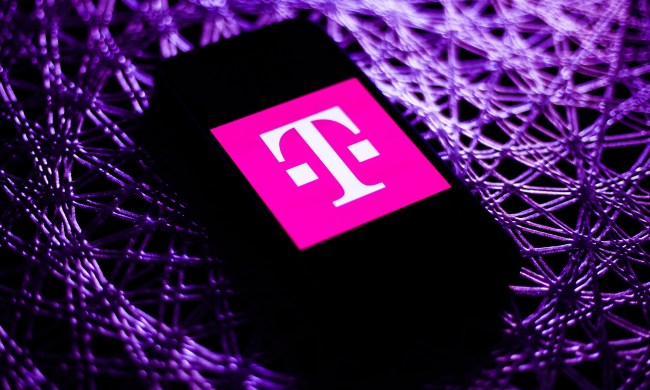
“[Verizon and AT&T] hope that fixed wireless will allow them to compete with big cable for your home broadband,” T-Mobile CEO John Legere said in a video earlier this year. “Of course, that should be really fun to watch, because if there’s anyone that consumers hate more than […] duopoly, it’s probably big cable.”
Subscribers will begin to see the first vestiges of coverage this summer, T-Mobile says, when it rolls out coverage on its 31 MHz to 600 MHz spectrum licenses. Thanks to the support of the FCC and broadcasters and an engineering timeline that’s “well ahead of expectations,” the carrier expects to have it ready in time for 600 MHz smartphones from Samsung and other manufacturers this summer.

“[We] expect more than 1 million square miles of 600 MHz spectrum the Un-carrier [sic] owns to be clear and ready for deployment,” T-Mobile said in a blog post.
Securing the spectrum wasn’t easy. In April, T-Mobile spent a massive $8 billion on blocks of wireless frequency owned by 175 TV stations. Shortly afterward, those TV stations began a 39-month transition period.
The June 15 announcement follows on the heels of T-Mobile’s earlier related pronouncements. In May, the Deutsche Telekom-owned operator pledged to launch a nationwide 5G network in three years, with the aim of wrapping up a rollout by 2020.
T-Mobile is taking a two-pronged approach to achieve that goal: It will deploy high-band, high-speed 5G in select areas, and low-frequency 600 MHz in other regions. That’s in contrast to competitors like Verizon and AT&T, both of which have tapped “millimeter wave” technology that transmits over airwaves with narrower-than-average — and sometimes interference-prone — wavelengths.
But they have had some success. Verizon announced 5G trials in 11 U.S. markets this year, following a partnership with Samsung, Qualcomm, and others. And AT&T said that it will begin streaming DirecTV over 5G to some residential customers later this year, ahead of a “5G Evolution” program that will see high-speed wireless trials conducted in 20 major cities.
T-Mobile contends that it has a superior strategy, though.
“T-Mobile [is positioned] to deliver a 5G network that offers both breadth and depth nationwide,” T-Mobile chief technology officer Neville Ray said in a blog post. “We’re going to run at it and run hard. We’re saying that you’re going to see it at T-Mobile first.”


